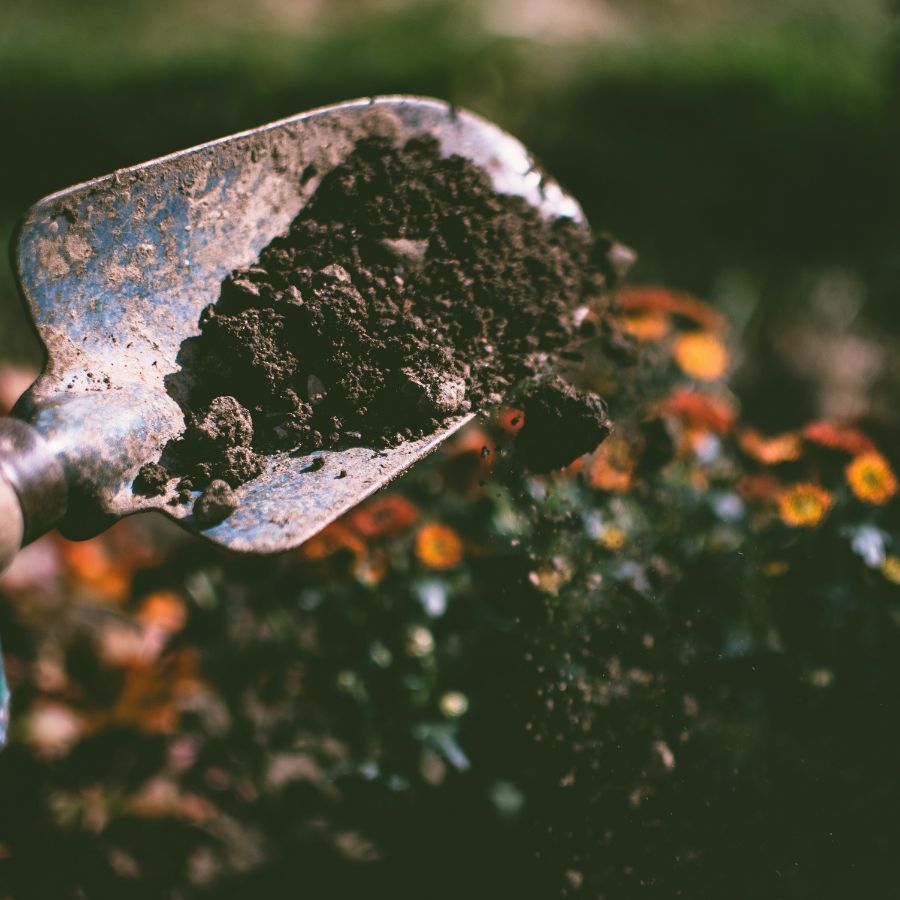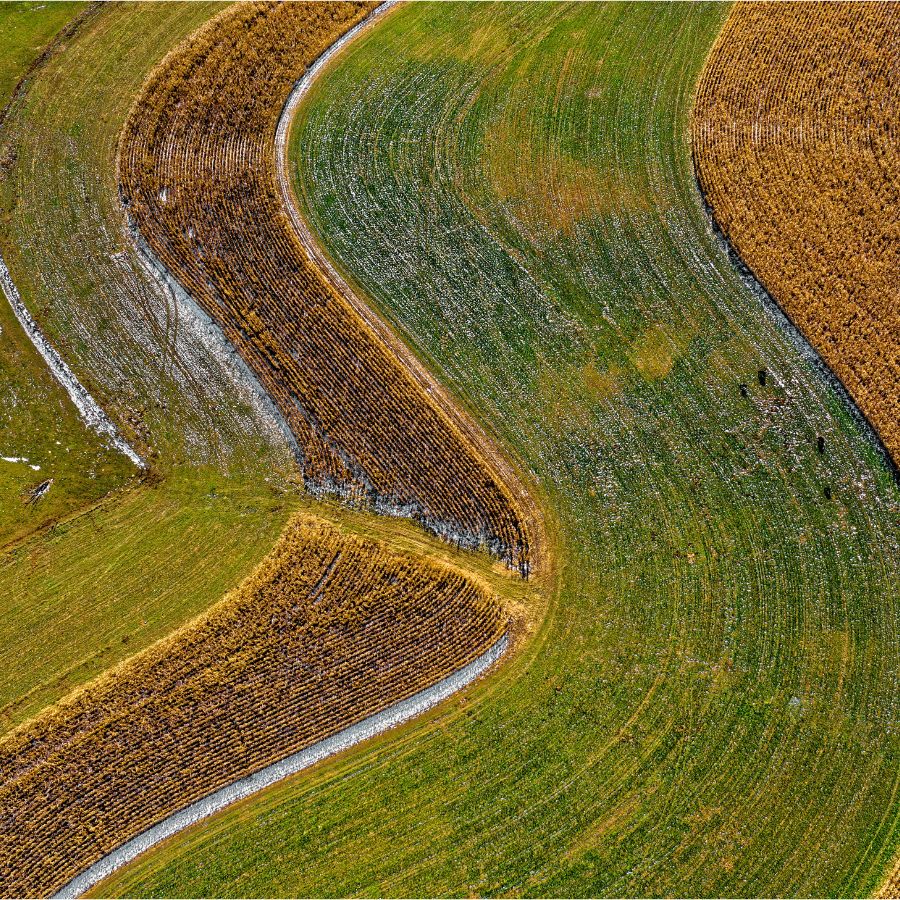Plant for Your Soil Type For a Successful Garden
How to Improve Soil For Gardening
You need to find thee best gardening soil types, as it turns out, all dirt simply isn’t made the same. Different types of soil have different compositions, drainage abilities, and nutrients.
Before planting an ornamental or vegetable garden, it’s important to understand the different types of soil and what type of soil your plants will thrive in. Here is a breakdown of the different soil types, their characteristics, and what different garden plants tend to like.
We have also listed tips to help determine which type of soil is which, you can also test the soil for a better breakdown of what is in your soil here.
Soil Types
Loamy Soil
This is considered to be the most gardener friendly of all the types of soil. Loamy soil is a blend of clay, silt, and sand, so it has all the good characteristics of each of these components. The sand content aids with drainage, the silt provides nutrients, and the clay helps with moisture retention. Loamy soil tends to be acidic, which can be adjusted by adding lime or wood ash.
To determine whether you have loamy soil, take a bit in your hand. If it feels sticky and gritty, and has a fine texture, you probably have loamy soil.
Loamy soil is the best gardening soil types for:
- Plants that thrive in loamy soil:
- Spinach
- Kale
- Root vegetables
- Berries
- Eggplant
- Pole beans
- Roses
- Honeysuckle
- Plants that don’t like loamy soil:
- Tomatoes
- Green beans
- Cacti

Sandy Soil
As the name suggests, this type of soil has a high sand content. While this loose soil is easy to dig and has very good drainage, it doesn’t retain nutrients very well. There is very little organic matter in sandy soil, but it is high in heavy minerals like calcium carbonate and phosphate. To balance the moisture and nutrient content in sandy soil, you can supplement with compost or potting soil.
To test for sandy soil, take a bit in your hand. If it feels very gritty and won’t maintain shape when you roll it into a ball, it’s probably sandy soil.
Sandy soil is the best gardening soil types for:
- Plants that like sandy soil:
- Root vegetables
- Strawberries
- Melons
- Herbs
- Asparagus
- Plants that don’t like sandy soil:
- Cabbage
- Broccoli
- Peas
Clay Soil
This type of soil isn’t pure clay, but has a relatively high clay content. Clay soil is more compact than any of the other types, so water doesn’t drain as quickly. This is great for water-loving plants but can make it difficult for plants to get air without additives to break up the compaction. Clay soil stays cold longer than other types of soil, so it isn’t ideal for seedlings or plants that are sensitive to cold.
To figure out whether you have clay soil, take a sample and roll it into a ball. If it holds its shape well, it’s probably clay soil. Another way to tell is to add a bit of water. Clay soil will feel sticky when damp.
Clay soil is the best gardening soil types for:
- Plants that do well in clay soil:
- Broccoli
- Lettuces
- Squash
- Kale
- Brussels sprouts
- Fruit trees
- Plants that don’t like clay soil:
- Carrots
- Parsnips
- Berries
Peaty Soil
This type of soil isn’t as common as the other types. Peaty soil is typically found in areas with poor drainage, and forms from organic matter slowly decomposing in boggy conditions. Peat is rich in nutrients and retains water well. It tends to be acidic, something that not all plants thrive in.
Peaty soil tends to feel spongy and has visible organic material that looks like plant fibers. It is usually dark in color and breaks apart easily.
Peaty soil is the best gardening soil types for:
- Plants that like peaty soil:
- Root vegetables
- Lettuces
- Witch hazel
- Lantern trees
- Plants that don’t do well in peaty soil:
- Tomatoes
- Peppers
- Asparagus
- Okra
- Cucumber
Silty Soil
Silty soil is very soft, with very small particles of rock, mineral, and organic material. It holds moisture well and is rich in nutrients, making it popular with farmers, who frequently use silty soil as a supplement. This type of soil can become compacted and erode easily, so it should be monitored, especially after heavy rain.
To see if your soil is silty, rub a pinch of it between your fingers. If it feels slippery or soapy, and doesn’t clump easily, it is probably silty soil.
Silty soil is the best gardening soil types for:
- Plants that thrive in silty soil:
- Beets
- Garlic
- Radish
- Onion
- Herbs
- Roses
- Dogwood trees
- Willow trees
- Plants that don’t like silty soil:
- Carrots
- Berries
- Cacti

